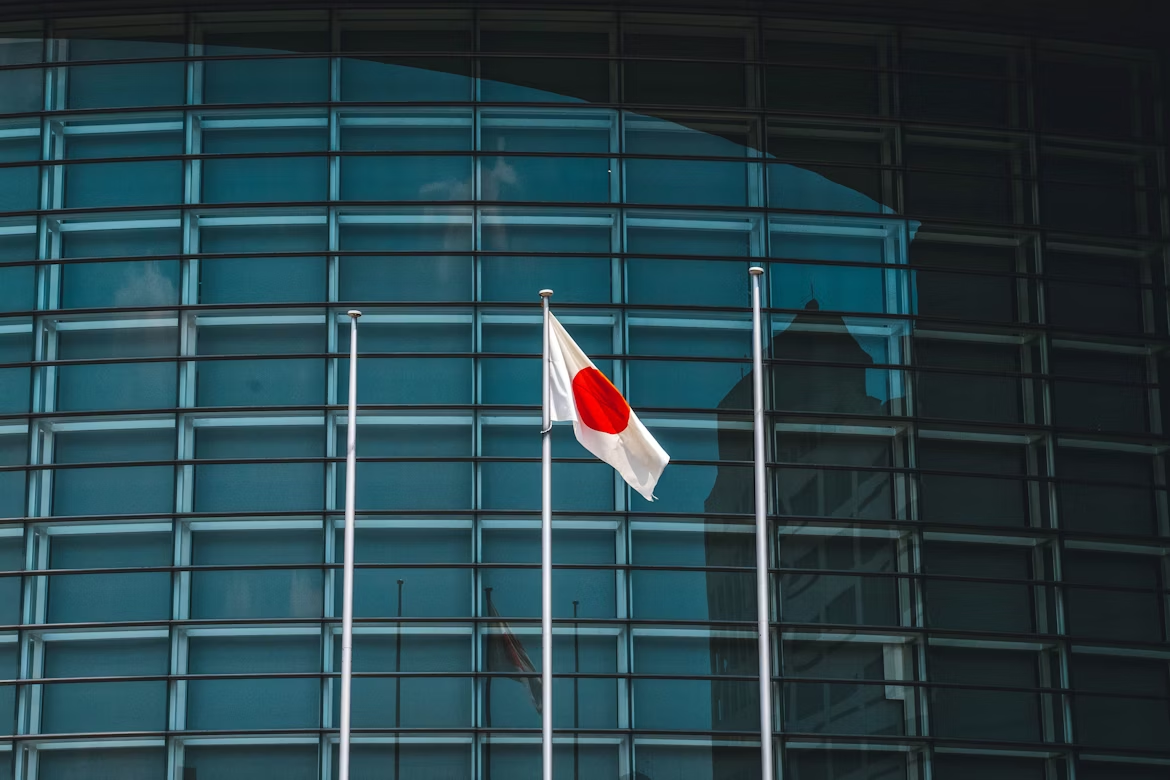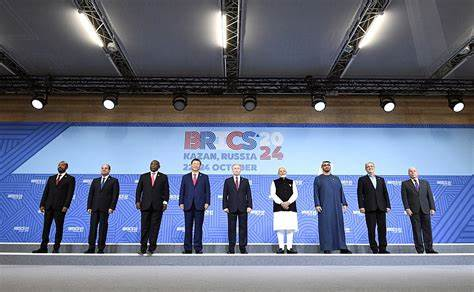Russia is hosting what it calls its "largest foreign policy event ever" in Kazan, bringing together 36 countries with over 20 heads of state, including leaders from China, India, and other major nations. The BRICS alliance, which has expanded from its original five members (Brazil, Russia, India, China, and South Africa) to include Iran, Egypt, Ethiopia, the UAE, and Saudi Arabia, now represents 45% of the global population, 37.4% of global GDP, and 45% of global oil reserves. Putin is positioning the summit as a strategic counterweight to Western influence, with key agenda items including the development of alternative payment systems to bypass SWIFT and reduce dollar dependency, though a common BRICS currency is still out of question. While Russia, China, and Iran align on anti-Western rhetoric, other members like India, the UAE, and Egypt maintain balanced relationships with both sides, leading some analysts to view the BRICS as a non-Western coalition rather than an anti-Western antagonist. The BRICS New Development Bank has already approved $32.8 billion in financing for 96 projects, demonstrating the alliance's growing economic influence and collaborations.
EQUITY
Wall Street ended mixed Tuesday with the Nasdaq up 0.18% while the Dow and S&P stayed flat as Treasury yields hit 4.222%, their highest since July. GM shares jumped 9.81% on strong earnings, while GE Aerospace fell 9% despite raising forecasts, and Verizon dropped 5% after missing revenue targets. Consumer staples led sector gains while industrials fell, with markets expected to remain volatile as investors evaluate earnings, economic data and the upcoming U.S. election.
GOLD
Gold prices hit a record high of $2,758.50 per ounce as investors seek safe-haven assets amid Middle East tensions and U.S. election uncertainty. Technical analysis suggests strong bullish momentum with expectations to break above $2,775 although profit-taking is actively taking place. The precious metal has surged over 33% this year even with a strong dollar, benefiting from geopolitical risks and anticipated Fed rate cuts.
OIL
Oil prices rejected from entering $80 per barrel territory following higher inventory growth of 1.643 million barrels. Middle East tensions persist after Israel killed potential Hezbollah's heir yet again, although investigation into the allegation of Hezbollah's cash bunker under Beirut Hospital may deter Israel from bombing another hospital. Goldman Sachs forecasts oil to average $76 per barrel in 2025, citing sufficient global production capacity and a moderate surplus.
CURRENCY
The U.S. dollar keeps climbing against yen to 153 yen, its highest since July, while pushing the euro to a three-month low amid fading expectations of Federal Reserve rate cuts. Treasury yields rose to 4.24% as markets reduced bets on aggressive Fed easing, now seeing only a 91% chance of a quarter-point cut in November. The yen weakened further due to political uncertainty before BoJ interest rate decision and Japan's October 27 election, where the ruling party may lose its majority.














